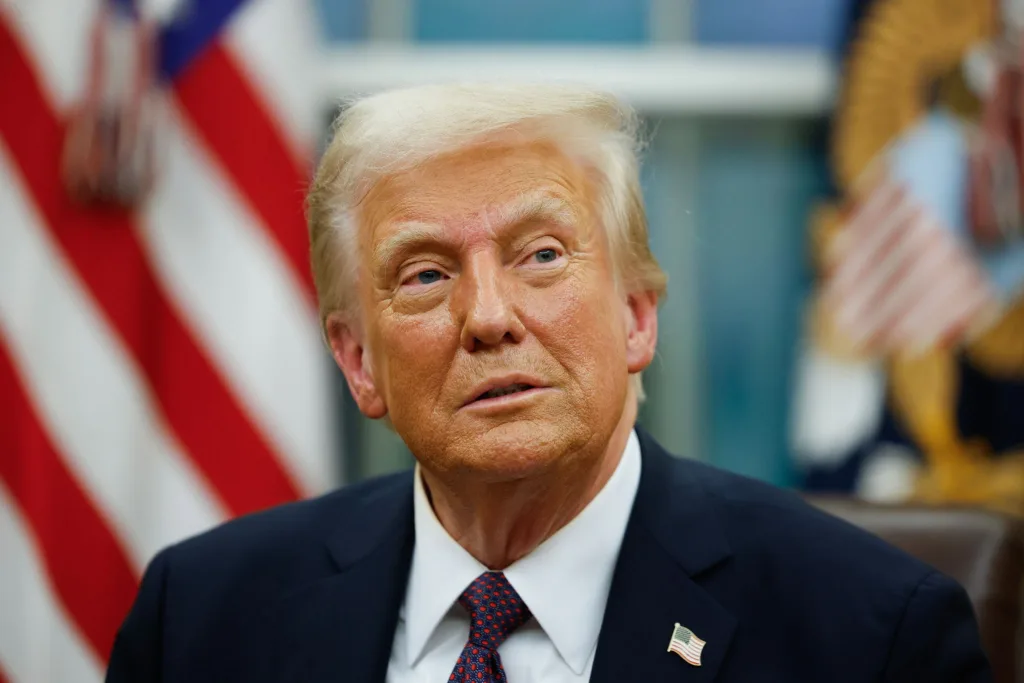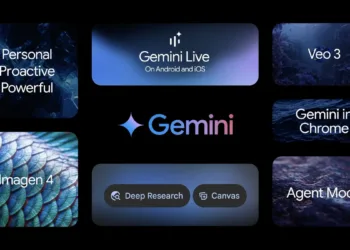In a bold and controversial move, former President Donald Trump has called for the repeal of the 2022 CHIPS and Science Act, a bipartisan initiative designed to bolster domestic semiconductor manufacturing with $52.7 billion in subsidies. His argument? The money should be used to pay down national debt instead of funding chipmakers. This statement has sparked a heated debate over the future of America’s semiconductor industry, its role in national security, and the economic implications of such a decision.
Table of Contents
Trump’s Take: “A Horrible, Horrible Thing”
During a speech to Congress, Trump harshly criticized the CHIPS Act, claiming that semiconductor firms receive massive subsidies without delivering real benefits to the U.S. economy. He argued that eliminating the act and imposing trade restrictions could be a better way to encourage companies to manufacture chips in America.
According to Trump, “We give hundreds of billions of dollars, and it doesn’t mean a thing. They take our money and don’t spend it.” This marks one of his strongest criticisms of the act to date and signals a potential policy shift if he returns to office.
His comments suggest a broader skepticism about government subsidies for private industry, a stance that aligns with his America First agenda, prioritizing economic self-reliance over corporate incentives. However, critics argue that eliminating the CHIPS Act could harm U.S. technological competitiveness and national security.
The CHIPS Act’s Impact So Far
Signed by President Joe Biden in August 2022, the CHIPS Act allocated $39 billion in subsidies and $75 billion in lending support to semiconductor manufacturers. As a result, major global players like Samsung, Intel, Taiwan Semiconductor Manufacturing Co. (TSMC), and Micron committed to setting up manufacturing plants in the U.S., securing over $33 billion in government funding.

Why Was the CHIPS Act Created?
The CHIPS Act was introduced as a response to the global semiconductor shortage during the COVID-19 pandemic. The shortage exposed vulnerabilities in supply chains and the heavy dependence on foreign chip manufacturers, particularly in Taiwan and South Korea. Policymakers argued that bringing semiconductor production back to the U.S. would:
- Strengthen national security: Reducing reliance on foreign manufacturers minimizes risks associated with geopolitical tensions, especially with China’s growing influence.
- Boost the U.S. economy: Creating high-tech jobs and fostering innovation within the country.
- Ensure supply chain resilience: Avoiding disruptions similar to those experienced during the pandemic.
New York Governor Kathy Hochul emphasized that the act played a crucial role in bringing Micron’s $100 billion investment and 50,000 jobs to Central New York. Arizona Representative Greg Stanton echoed similar sentiments, stating that TSMC’s $100 billion expansion in the U.S. would not have been possible without this law.
What’s at Stake?
If Trump succeeds in repealing the CHIPS Act, existing agreements with chipmakers could be at risk. The Commerce Department, under new leadership, is already reviewing previously awarded grants. Furthermore, layoffs have begun in the department overseeing these subsidies, raising questions about the future of U.S. semiconductor production.
Potential Consequences of Repealing the CHIPS Act
Eliminating the CHIPS Act could have significant repercussions, including:
- Job Losses: With major semiconductor firms planning multi-billion-dollar investments in the U.S., repealing the act could jeopardize tens of thousands of jobs across multiple states.
- Reduced U.S. Technological Leadership: The semiconductor industry is vital for advancements in AI, defense, and consumer electronics. Cutting funding could slow innovation and allow China and other competitors to gain an edge.
- Supply Chain Risks: Without domestic production, the U.S. remains vulnerable to global supply chain disruptions, potentially affecting industries from automotive to healthcare.
- Economic Impact: Semiconductor manufacturing attracts other industries, including research and development hubs. A rollback of the CHIPS Act could stifle economic growth in key tech hubs.
Supporters vs. Critics
The debate over the CHIPS Act reflects a broader ideological divide in U.S. economic policy.
Supporters of the CHIPS Act Argue:
- Government subsidies are necessary to compete with countries like China, which heavily fund their semiconductor industries.
- The act is already showing results, with companies committing to building new facilities and hiring American workers.
- Long-term investments in chip manufacturing are essential for U.S. national security.
Critics of the CHIPS Act (Including Trump) Argue:
- The private sector should drive semiconductor investment, not the government.
- The subsidies benefit large corporations without guaranteeing long-term commitment to U.S. manufacturing.
- The funds should be redirected to more pressing economic concerns, such as reducing national debt.
The Global Semiconductor Race
The U.S. is not alone in its efforts to boost domestic semiconductor manufacturing. The European Union, China, and Japan have all introduced initiatives to strengthen their own chip industries.
- China: Investing heavily in self-sufficiency through its “Made in China 2025” plan.
- European Union: The EU Chips Act aims to mobilize over €43 billion in public and private investments.
- Japan: Working to revive its semiconductor industry with government-backed funding.
The Road Ahead
The semiconductor industry is at a crossroads. While the CHIPS Act aims to strengthen national security and reduce reliance on imported chips, Trump’s vision challenges its necessity. The final decision will significantly impact America’s position in the global tech race.
If the CHIPS Act is repealed, U.S. companies may look elsewhere to build their facilities, and the reliance on foreign semiconductor production could persist. If it remains, the U.S. will continue its aggressive push to become a semiconductor powerhouse.
As the 2024 presidential election approaches, this debate will likely become a key economic policy issue. Will lawmakers support Trump’s push to repeal, or will they double down on domestic chip production?
Stay tuned as this debate unfolds—because the future of American technology depends on it.







